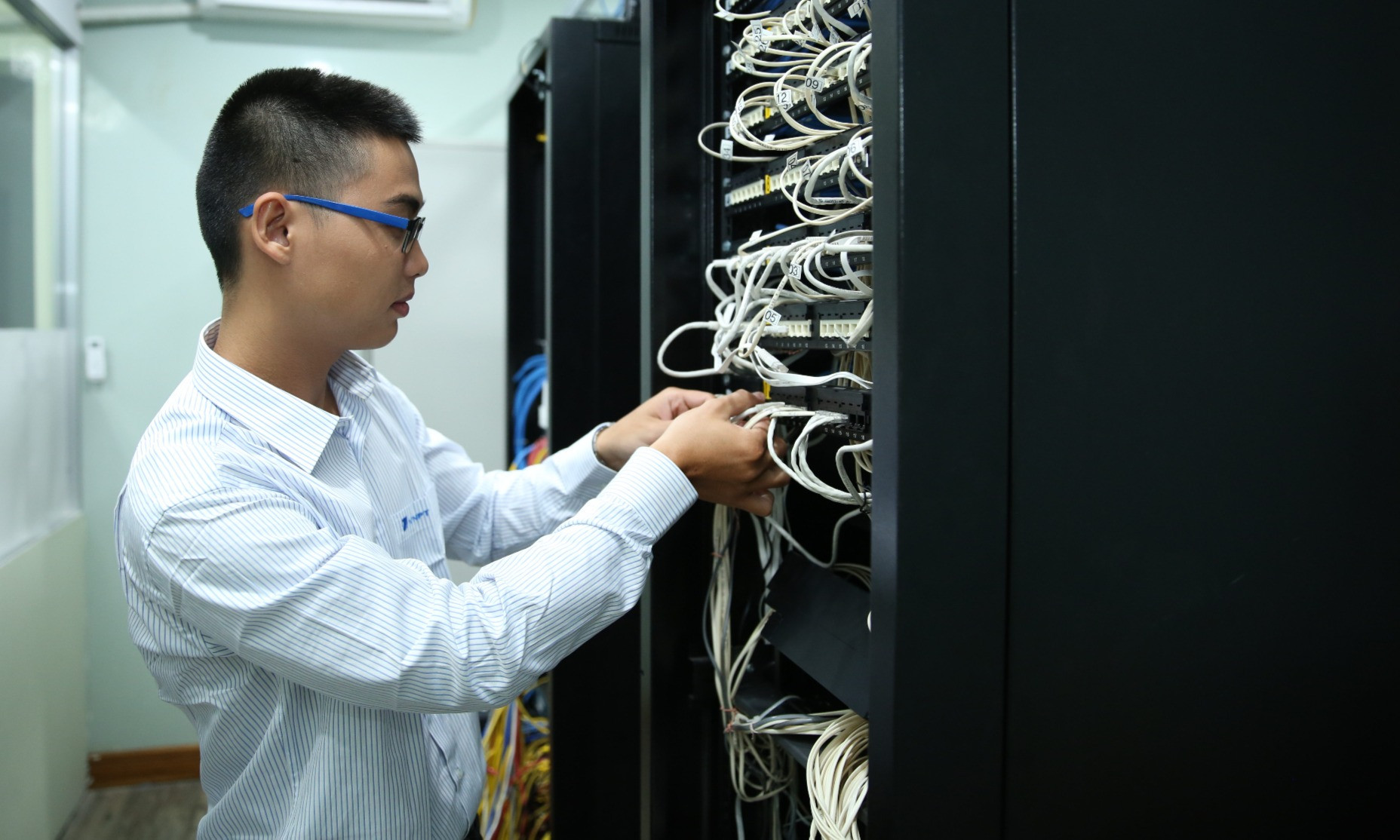The focus is on developing "broadband telecommunications networks with substantial capacity, high speed, modern technology, and integrated Internet of Things (IoT) infrastructure," essential for digital transformation, digital government, digital economy, digital society, and security.

The telecommunications sector is undergoing a transformation from traditional infrastructure to a digital framework, reflecting a shift from basic connectivity to infrastructure that supports the digital economy.
The MIC envisions Vietnam's digital infrastructure as ultra-capable, broad-bandwidth, universal, sustainable, "green," intelligent, open, and secure. This investment aims to serve national digital transformation and bolster economic and social development.
The newly issued Vietnam Digital Infrastructure Development Framework positions Vietnam as a leader in defining and advancing national digital infrastructure requirements.
This framework will guide the MIC in formulating policies that stimulate development and regulate digital infrastructure, while also helping telecommunications and digital technology companies identify growth opportunities and strategic directions for 2024–2030.
The framework outlines four primary components of Vietnam's digital infrastructure:
1. Telecommunications and Internet Infrastructure: This includes optical fiber systems, transmission and broadcasting stations, mobile networks (4G, 5G, 6G), Wi-Fi, satellites, routing systems, DNS servers, and Internet exchange points.
2. Data Infrastructure: Ensures the capacity to store, process, and utilize vast amounts of data, encompassing large data centers and cloud computing systems.
3. Physical-Digital Infrastructure: Creates a "1-to-1" digital mapping of the real world, facilitating interaction between physical and digital realms. It includes IoT devices, transmission infrastructure for IoT, virtual data of objects, and data processing components, crucial for digital transformation.
4. Digital Utility and Technology Infrastructure: Provides tools for digital transactions such as digital identity platforms, digital payments, and electronic invoices, and includes digital technology services like Artificial Intelligence (AI) and Blockchain.
The framework specifies criteria for the digital infrastructure’s development, including ultra-large capacity, ultra-wide bandwidth, universality, sustainability, "greenness," intelligence, openness, and security. For example, it targets a minimum international optical fiber capacity of 350 tbps by 2030 and aims for a total data center capacity, including super-large data centers, of 870 MW by 2030.
The Telecommunications Department is responsible for monitoring, evaluating, and updating the framework to align with Vietnam's evolving needs and global digital infrastructure trends.
The MIC will work on proposing policies and solutions for the development of digital infrastructure, while companies are encouraged to invest in and expand their digital infrastructure based on this framework.
“Telecommunications and digital technology companies must proactively invest in digital infrastructure. This investment will uncover new growth opportunities,” emphasized a representative from the Telecommunications Department.
Van Anh